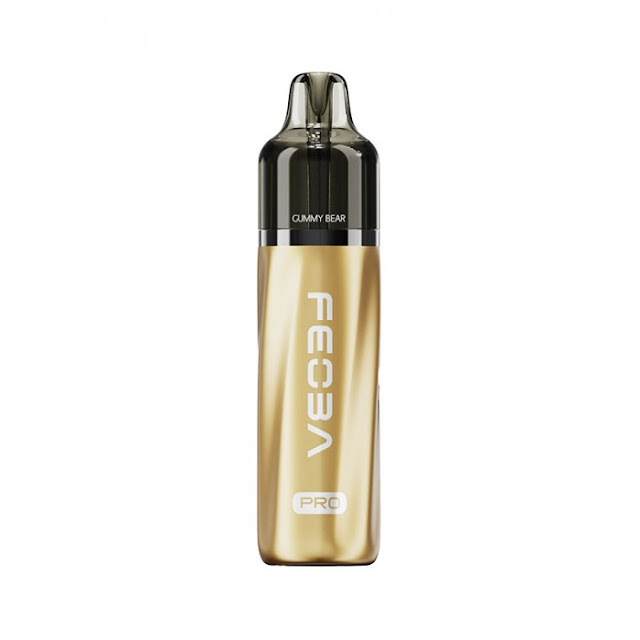Exploring Different Types of Atomiser Coils: A User's Perspective
- Get link
- X
- Other Apps
Introduction:
Atomizer coils play a pivotal role in the functioning of electronic cigarettes (e-cigarettes) and vaping devices. These small but crucial components are responsible for heating the e-liquid, converting it into vapor that users inhale. As vaping continues to gain popularity, the market is flooded with a variety of atomizer coils, each claiming to offer a unique experience. In this exploration, we will delve into the different types of atomizer coils from a user's perspective, examining their characteristics, advantages, and drawbacks.
Understanding Atomizer Coils:
Before delving into the specifics of various atomizer coils, it's essential to understand their basic structure and function. Atomizer coils typically consist of a wire, often made of Kanthal, nichrome, or stainless steel, wrapped into a coil shape. This coil is then wicked with cotton or another absorbent material. When the device is activated, the coil heats up, causing the e-liquid-soaked wick to vaporize and produce inhalable vapor.
1. Kanthal Coils:
Kanthal is a popular material for atomizer coils due to its durability and resistance to high temperatures. Kanthal coils provide a reliable and consistent vaping experience, making them suitable for both beginners and experienced users. The wire's resistance allows for a controlled heating process, resulting in a balance between flavor and vapor production. However, Kanthal coils may have a slightly longer ramp-up time compared to other materials.
2. Stainless Steel (SS) Coils:
Stainless steel coils are praised for their versatility, as they can be used in both wattage and temperature control modes. SS coils offer a cleaner taste, as they do not impart any additional flavors to the e-liquid. Additionally, stainless steel has a faster ramp-up time compared to Kanthal, providing users with a more instantaneous vaping experience. The ability to use SS coils in temperature control mode appeals to those who prefer a more customized and controlled vaping experience.
3. Nickel (Ni200) Coils:
Nickel coils are primarily utilized in temperature control mode, where the device regulates the coil's temperature to prevent overheating and dry hits. Ni200 coils have a low resistance, making them suitable for temperature control devices. However, some users may find nickel coils challenging to work with due to their sensitivity to dry burning and potential health concerns associated with inhaling nickel particles.
4. Titanium (Ti) Coils:
Similar to nickel, titanium coils are often used in temperature control mode. Titanium offers a quicker ramp-up time than nickel and is considered safer by some users due to its lower reactivity. However, using titanium coils requires careful attention to prevent overheating, as titanium can oxidize at high temperatures. Users who prioritize a faster response time and a perceived safer material may opt for titanium coils.
5. Clapton Coils:
Clapton coils are characterized by their unique construction, featuring a core wire with a smaller gauge wrapped by a larger outer wire. This design increases the surface area of the coil, resulting in enhanced vapor production and flavor. Clapton coils are popular among enthusiasts seeking a more robust and flavorful vaping experience. However, they may require higher wattages and can be more challenging for beginners to build and install.
Conclusion:
In conclusion, the world of Atomiser Coils is diverse, offering users a range of options to tailor their vaping experience to personal preferences. Kanthal coils stand out for their reliability, making them suitable for a broad audience. Stainless steel coils provide versatility, allowing users to switch between wattage and temperature control modes. Nickel and titanium coils cater to those who prioritize temperature control, with each material having its unique characteristics and considerations.
For users seeking a balance between enhanced flavor and vapor production, Clapton coils present an intriguing option. The choice of atomizer coil ultimately depends on individual preferences, experience level, and desired vaping characteristics. Whether one prioritizes simplicity, versatility, temperature control, or unique coil designs, the market offers a diverse array of options to explore.
As technology continues to advance, it's likely that new materials and coil designs will emerge, further expanding the choices available to vapers. As users continue to experiment with different atomizer coils, the vaping community can look forward to an ever-evolving landscape of options, each contributing to the diverse and dynamic world of electronic cigarettes.
- Get link
- X
- Other Apps



Comments
Post a Comment